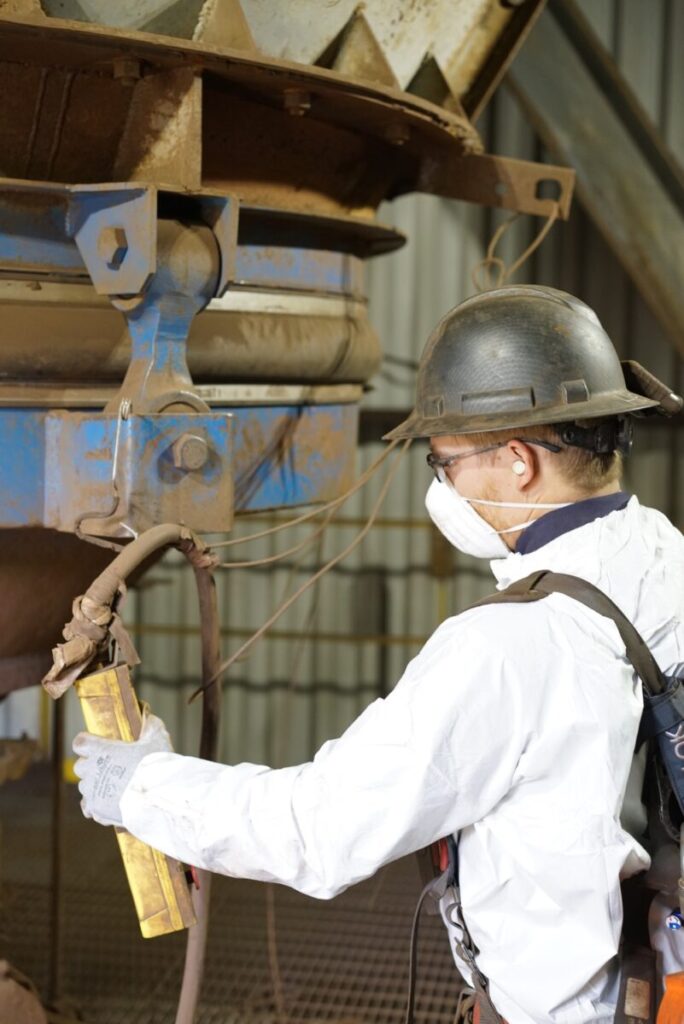 MPW is literally leaving the competition in the dust at a Kentucky steel plant. MPW is helping the steel plant to transport KO61 dust—a toxic hazardous waste material generated from the steelmaking process—by rail, which is a far more economical and environmentally-friendly method than road transportation.
MPW is literally leaving the competition in the dust at a Kentucky steel plant. MPW is helping the steel plant to transport KO61 dust—a toxic hazardous waste material generated from the steelmaking process—by rail, which is a far more economical and environmentally-friendly method than road transportation.
“I wouldn’t say we’re the only ones who could do this, but we certainly are a cut above most other places,” said Regional Manager Anthony Brown. “There are only a few industrial service companies who would have this opportunity, and we’re one of them.” He said MPW is always looking for ways to provide value to the customer by providing a specialized service that other industrial services companies—particularly those of MPW’s size—are unable or unwilling to provide.
Brown said KO61 dust, which is called “K-listed” hazardous waste, is particularly challenging to transport because it cannot be diluted. Basically, any other material it contacts is then considered to be KO61 as well. In other words, now there’s twice as much hazardous material. “As with any hazardous waste, it’s really important to keep the place neat and tidy to maintain compliance,” Brown said.
“Typically, a lot of industrial service companies don’t want to have their employees undergo hazardous waste training,” said Regional Sales Manager Caleb Brown. “It’s a tedious class that prepares team members to don proper PPE and understand necessary steps to deal with a multitude of hazardous wastes. This training includes a lengthy in-class portion as well as covering the full-blown encapsulated suit dress-out. It’s not something that they want to delve into.” He said most steel companies load KO61 dust into tractor-trailers.
“You can haul a lot more material in one rail car. I think they can hold approximately 200,000 pounds of dust. That’s a lot!” Caleb Brown said, adding that the MPW crew loads between two and four railcars full of KO61 dust per day, per baghouse; the Kentucky steel plant has a total of three baghouses.
“Just think about how much waste is being generated on an annual basis,” Caleb Brown said. He said comparable steel plants run roughly 15 to 20 semi-truckloads of KO61 dust off-site per week, not including the dust that remains at the plant in storage.
“If a steel company is able to have access to rails, that’s great, because it’s by far the most efficient way to transport KO61. You can move a lot more in one sitting versus loading a semi-truck, which has very tight parameters on what you can haul and there are many weight/DOT restrictions,” Caleb Brown said. “We’ve been servicing the steel plant for about a year. It’s definitely been a new opportunity for us.”